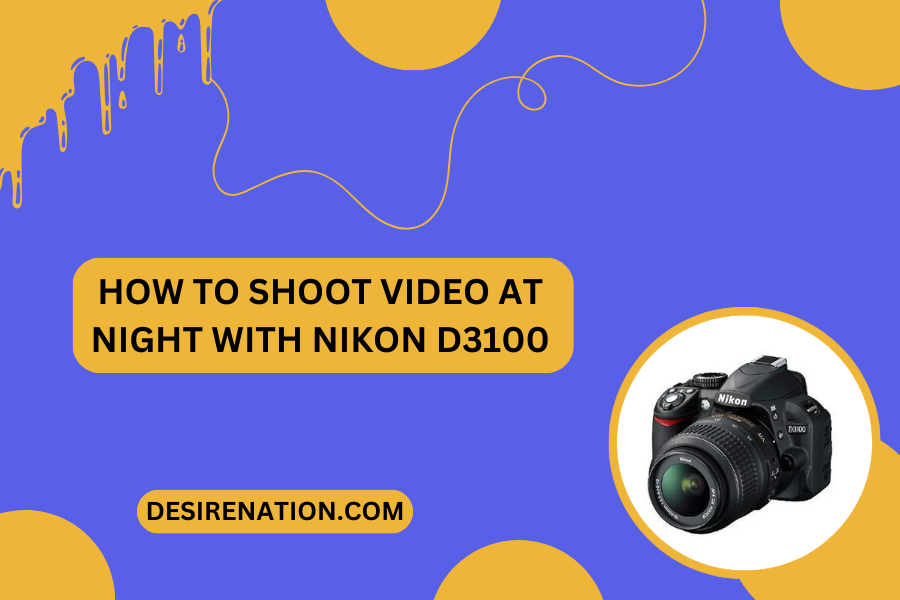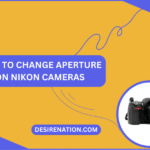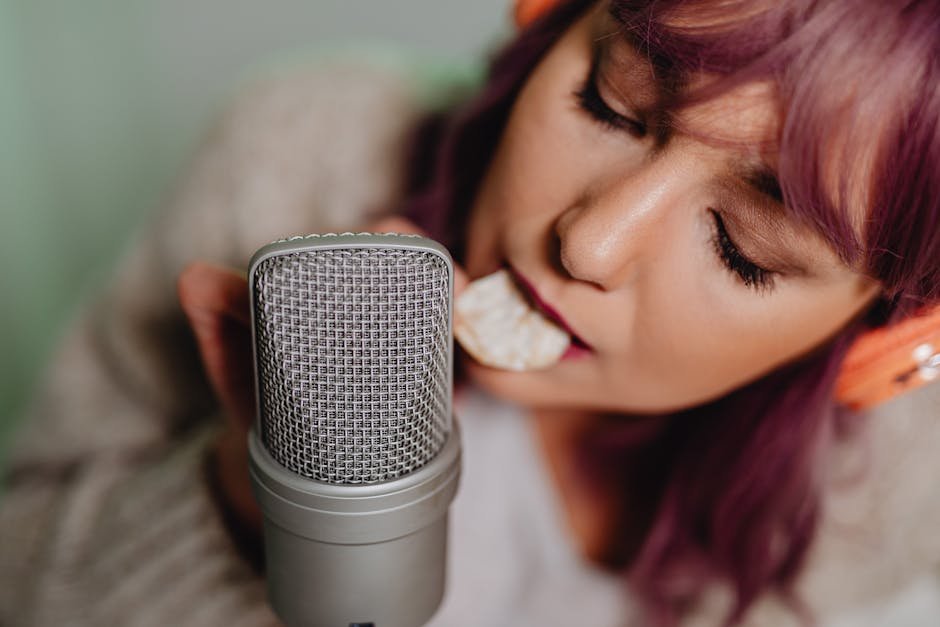Shooting video at night or in low light conditions can be challenging, especially with cameras that are more suited to photography, like the Nikon D3100. This entry-level DSLR is known for its ease of use and excellent image quality in still photography. However, with the right techniques and settings, it’s possible to capture compelling and high-quality night videos as well. This article will guide you through the essential tips and settings for shooting video at night with the Nikon D3100.
Understanding the Limitations and Capabilities
The Nikon D3100 offers 1080p HD video recording, which is sufficient for many videography needs. However, it has limitations in low light due to its sensor size and maximum ISO settings. Knowing how to work within these constraints is key to achieving good results.
Essential Camera Settings for Night Video
- ISO Settings: The ISO determines how sensitive your camera is to light. In low light, you’ll need to increase the ISO, but be aware that higher ISOs can introduce more noise (graininess) into your video. Experiment to find the highest ISO setting where the noise is acceptable.
- Aperture: Use a lens with a wide aperture (a lower f-number) to allow more light into the sensor. Lenses with f/2.8, f/1.8, or even f/1.4 are great for low light situations.
- Shutter Speed: While the rule of thumb in video is to set your shutter speed double your frame rate (e.g., 1/50th of a second for 24fps), in low light, you might need to lower it further. Just be aware that this can cause motion blur.
- Frame Rate: Consider shooting at a lower frame rate. 24fps is a good standard for low light, as it allows more light in per frame compared to higher frame rates.
Techniques for Better Night Videos with Nikon D3100
- Manual Focus: Autofocus can struggle in low light. Switch to manual focus for better control. Use the live view mode and zoom in digitally to fine-tune your focus.
- Stabilization: Use a tripod or a stabilizer to prevent shaky footage, which can be more pronounced in low light.
- External Lighting: If possible, introduce external light sources to your scene. Even a small LED light can make a significant difference.
- Reflectors and Diffusers: Use reflectors to maximize available light and diffusers to soften harsh lighting sources.
- Post-Production: Utilize video editing software to enhance your night footage. Tools like noise reduction, color grading, and exposure adjustments can improve the final look of your video.
Additional Equipment to Consider
- Fast Lenses: Invest in lenses with wide apertures (lower f-numbers).
- External Microphone: For better audio quality, especially if you’re shooting in an outdoor night setting.
- Lighting Equipment: Portable LED lights can be invaluable for night shooting.
Conclusion
While the Nikon D3100 may not be the first choice for professional night videography, understanding its capabilities and limitations, combined with the right settings and techniques, can enable you to capture impressive night-time videos. Patience and creativity are your greatest tools when working in low light conditions.
You Might Also Like These:













Every weekend i used to visit this web page,
for the reason that i wish for enjoyment, as this this web page conations really nice funny
material too.